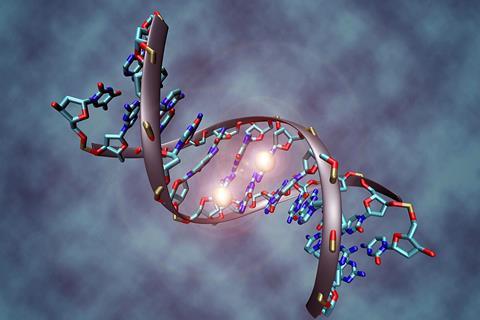Despite extensive research, the origins of COVID-19 remain elusive. In a new study published in the KeAi journal Advances in Biomarker Sciences and Technology (ABST), an AI-driven approach was adopted to examine DNA methylation patterns at 865,859 CpG sites in blood samples from early COVID-19 patients.

The study was conducted by Zhengjun Zhang from the Department of Statistics at University of Wisconsin. Using max-logistic intelligence, he uncovered strong genetic link evidence suggesting that COVID-19 likely emerged from the natural fusion of two rare infectious diseases, glanders and Sennetsu fever, with some common human diseases.
The findings suggest that COVID-19 likely originated in humans rather than bats or pangolins, meaning previous studies may have been misled by an overemphasis on wildlife origins.
READ MORE: Genetic tracing at the Huanan Seafood market supports COVID animal origins
READ MORE: Mathematicians use AI to identify emerging COVID-19 variants
“Establishing such connections across 865,859 CpG sites is quite a challenge, with random correlations occurring at a probability of less than one in ten million,” says Zhang. “However, when factoring in the rarity of these diseases, the odds of discovering a meaningful link drop to just one in one hundred million, further strengthening the validity of these results.”
Max-logistic intelligence as scientific game changer
Max-logistic intelligence has been previously demonstrated in cancer biomarker studies. Unlike traditional AI algorithms or modern machine learning techniques such as random forests, deep learning, and support vector machines, max-logistic intelligence offers greater interpretability, consistency and robustness, making it especially useful for establishing causal relationships.
Zhang emphasized that while identifying reliable biomarkers are critical for scientific progress, many gene markers identified in isolated studies fail in other cohorts, resulting in low or no cross-group commonality.
“DNA methylation, the process by which methyl groups are added to DNA, plays a central role in gene expression and disease development,” explains Zhang. “Errors in methylation can trigger diseases, prompting studies into COVID-19’s DNA methylation patterns.”







No comments yet